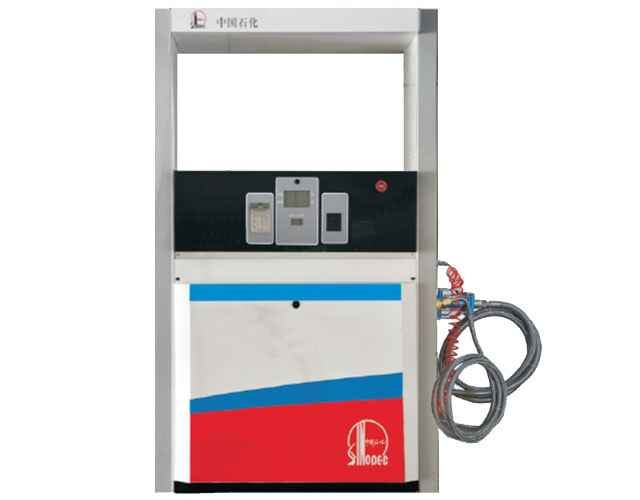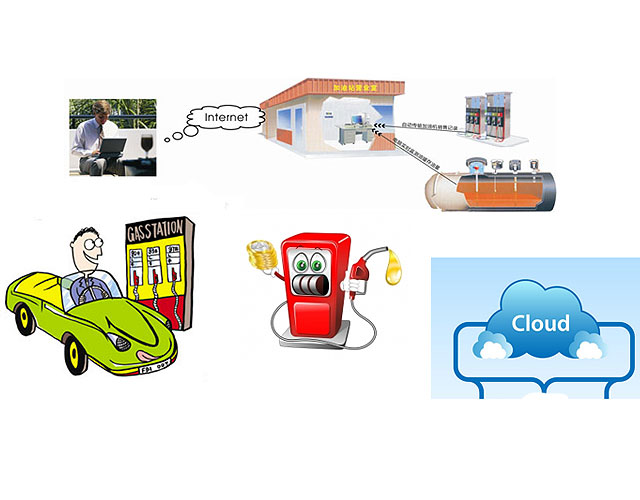
EDT STN LCD EDT Home
stn lcd STN (Super Twisted Nematic) LCD has quite a long development history, it requires less power and is less expensive to manufacture than TFT LCD. With the addition of a retardation film on top to the STN LCD (known as FSTN) that compensates for the color added by the birefringence effect, will allow FSTN display with better black and

AN 031 Contrast Control for STN LCD
Application Note [AN 031] Contrast Control for STN LCD Modules Introduction Contrast, as well as viewing angle and brightness, is one of the most important optical parameters of a display. The contrast has an immediate effect on readability and with it the usability of the display.

Super twisted nematic display Wikipedia
A super twisted nematic display (STN) is a type of monochrome passive matrix liquid crystal display (LCD). This type of LCD was invented at the Brown Boveri Research Center, Baden, Switzerland, in 1983. For years a better scheme for multiplexing was sought.

What is the Difference between TN, STN, FSTN and FFSTN
What is the Difference between TN, STN, FSTN and FFSTN? When looking at the differences between TN and STN, the difference lies in the anlge in which it is twisted. TN is twisted at an angle of 90 degrees, while STN can have an angle between 90 and 270 degrees. This provides more contrast than twisted nematic (TN) displays.

LCD Display Manufacturer for Graphic,Character,Custom LCD
than STN. STN TYPE . Supertwist Nematic LCD (STN) The structure of STN is similar to TN & HTN but with 180 to 270twist. The higher twist . gives better contrast and viewing angle for highly multiplexed applications. A STN LCD normally has a yellow green or grey background that is due to the optical effect called birefringence

Differences Between FSTN vs TN LCD Focus LCDs
FSTN vs TN LCD Technology When deciding between FSTN vs TN LCDs, the decision comes down to lower cost vs sharper contrast and wider viewing angle. This is the choice to make when ordering a Liquid Crystal Display from . Note: LCDs are not the same as TFTs or OLEDs. LCDs have one color background and a different color character/segment.










 Message
Message tel
tel Inquiry
Inquiry